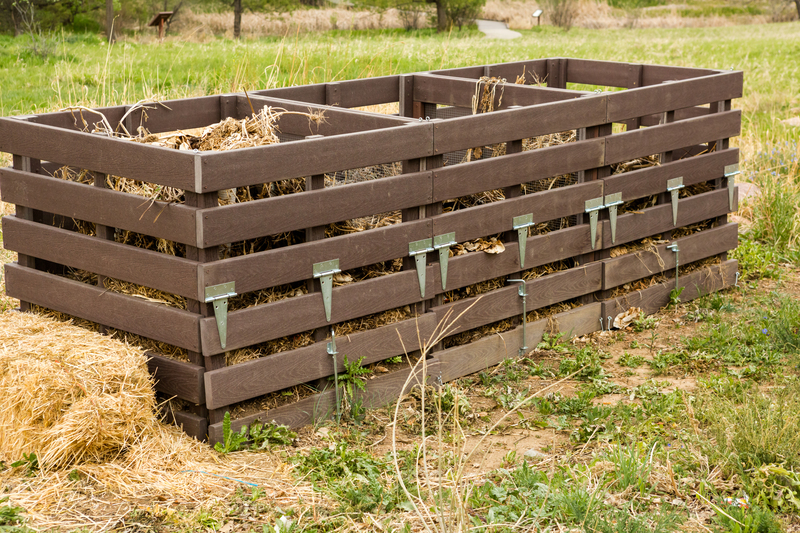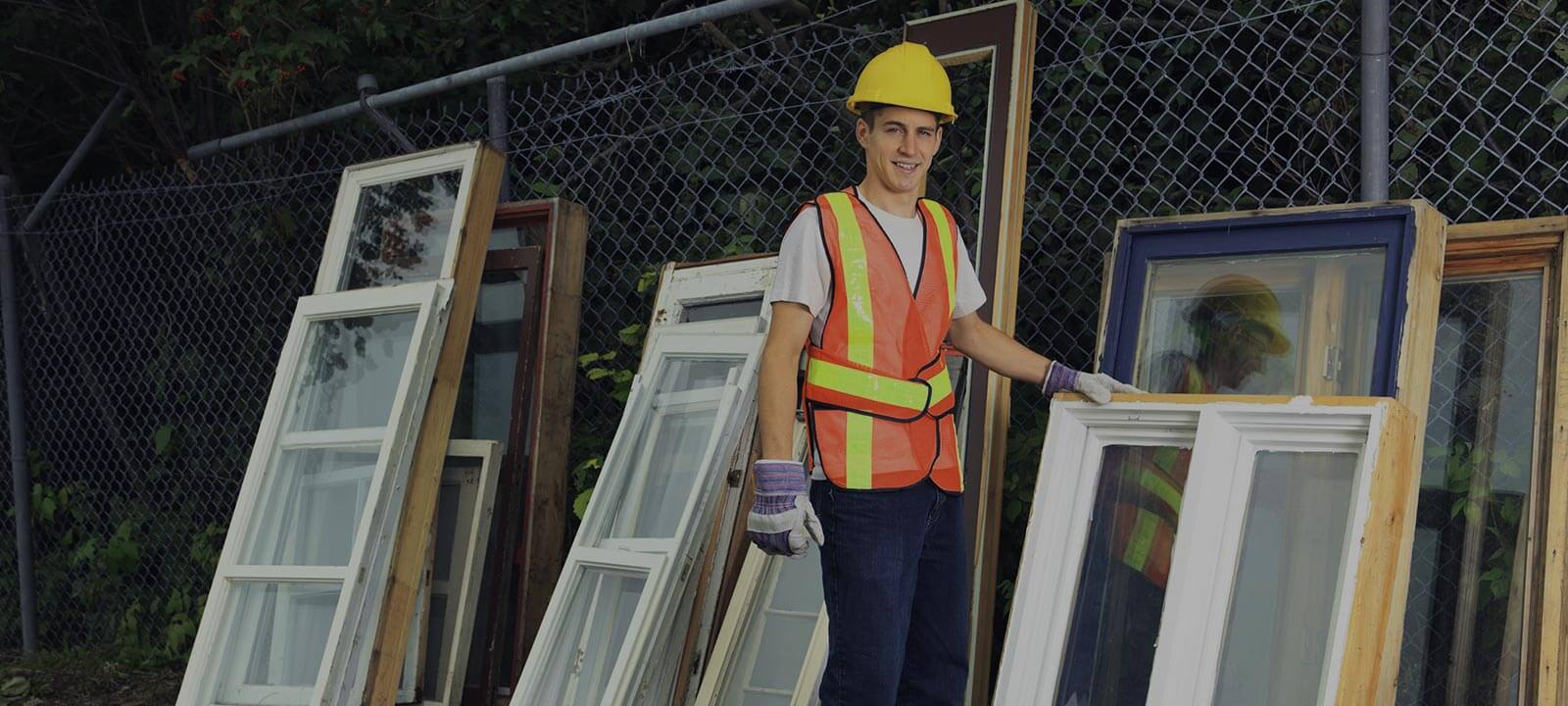Recycling Options for Concrete
Posted on 18/08/2024
Concrete is one of the most widely used materials in construction. As a result, its disposal is a critical issue for the construction industry. Fortunately, recycling concrete has become a viable alternative to traditional waste management methods. This article will explore various recycling options for concrete, highlight the benefits and drawbacks, provide useful tips, and offer key takeaways.
Benefits of Concrete Recycling
Concrete recycling offers numerous environmental and economic benefits. Firstly, it reduces the amount of construction waste that ends up in landfills. Secondly, recycling concrete conserves natural resources by reducing the need for raw materials used in construction. Additionally, recycled concrete can be used in various applications, including road construction, landscaping, and generating new concrete mixes.

Methods of Recycling Concrete
Several methods are available for recycling concrete, each suited to different types of projects and end-use applications.
1. Crushing and Screening: The most common method of recycling concrete involves crushing the material using heavy machinery, followed by screening to separate various sizes of aggregate. The crushed material can then be reused in new construction projects.
2. Road Base and Fill Material: Recycled concrete can serve as a cost-effective base for roads, driveways, and other infrastructure projects. It also works well as a fill material for landscaping and playgrounds.
3. Mobile Recycling Plants: Mobile recycling plants are an efficient solution for on-site recycling, reducing transportation costs and environmental impact. These plants can shred and sift concrete directly at the construction site, providing readily available recycled material.
4. Concrete Blocks and Pavement Bricks: Recycled concrete can be molded into new concrete blocks or pavement bricks, offering a sustainable alternative for urban development projects.
Factors to Consider in Concrete Recycling
When deciding on recycling options for concrete, several factors need to be taken into account:
- Contamination: Concrete mixed with other materials such as metals or wood may require additional processing to remove contaminants.
- Quality of Recycled Material: Depending on the original composition and processing methods, the quality of recycled concrete can vary. It's crucial to conduct quality assessments to ensure the recycled material meets the required standards.
- Cost: While recycling concrete can be cost-effective, initial investments in crushing and sorting equipment and transportation can be high.
Pros and Cons of Concrete Recycling
Pros:
- Environmental Benefits: Reduces landfill use and conserves natural resources.
- Cost Savings: Decreases disposal costs and the need for new raw materials.
- Versatility: Recycled concrete can be used in various construction applications.
Cons:
- Initial Costs: High equipment and transportation costs.
- Varying Quality: Potential variability in the quality of recycled material.
- Contamination: Requirement for additional processing to remove impurities.
Tips for Effective Concrete Recycling
- Separation: Ensure that concrete is separated from other materials before recycling to avoid contamination.
- Quality Control: Regularly test recycled concrete for quality and compliance with construction standards.
- On-Site Recycling: Whenever possible, opt for mobile recycling solutions to minimize transportation and environmental costs.
- Collaboration: Work with recycling experts and companies to maximize efficiency and effectiveness.

Key Takeaways
- Concrete recycling reduces landfill waste and conserves natural resources.
- Various recycling methods are available, including crushing and screening, mobile recycling, and using recycled material for road base.
- Consider factors such as contamination, quality, and cost when recycling concrete.
- Weigh the pros and cons of concrete recycling to make informed decisions.
- Follow best practices and tips to optimize recycling efforts.
Conclusion
Recycling concrete is a sustainable and economically viable option for managing construction waste. By understanding the available methods, considering key factors, and implementing best practices, the construction industry can significantly reduce its environmental impact. While there are challenges and costs associated with recycling concrete, the long-term benefits make it a worthwhile endeavor for creating a more sustainable future.










